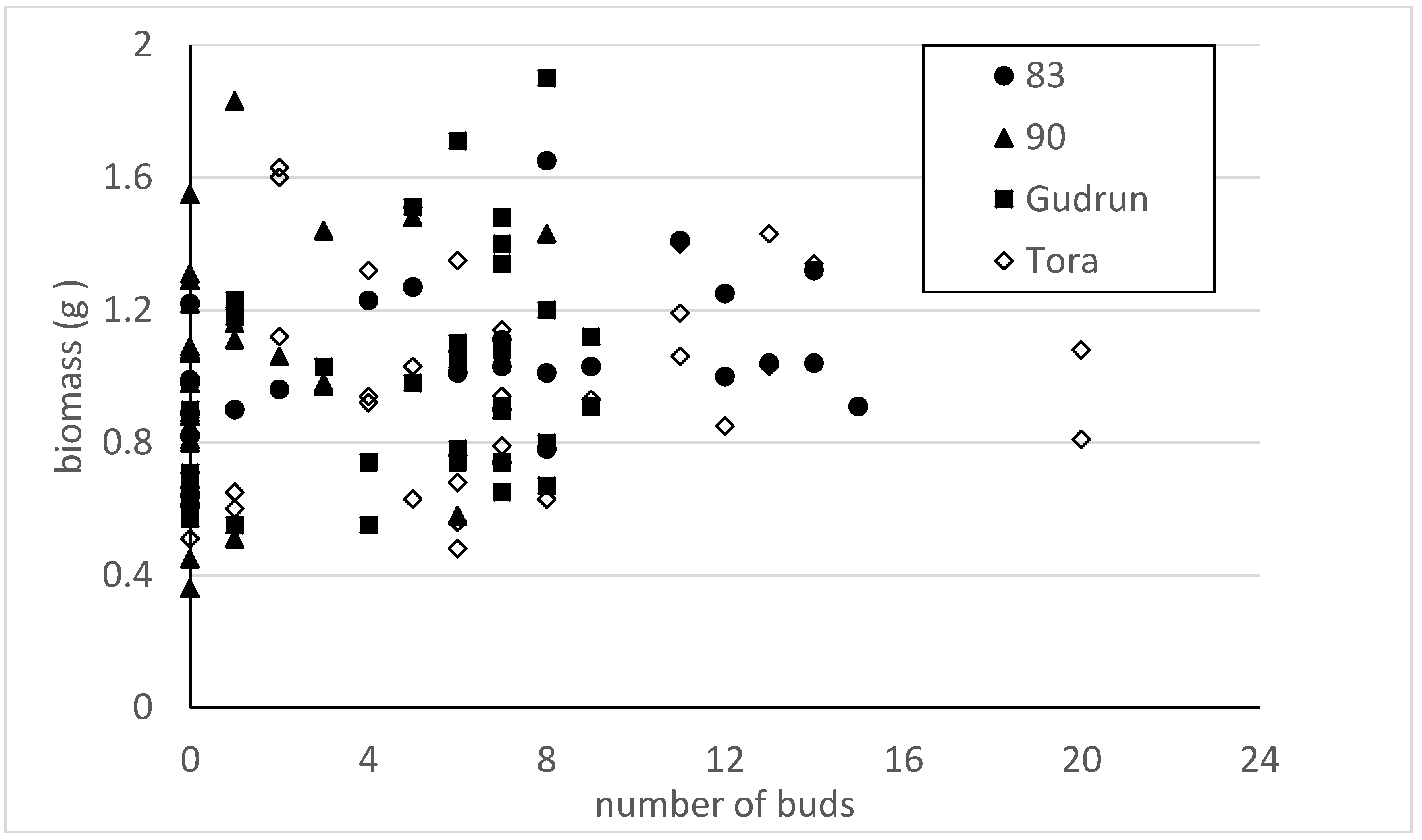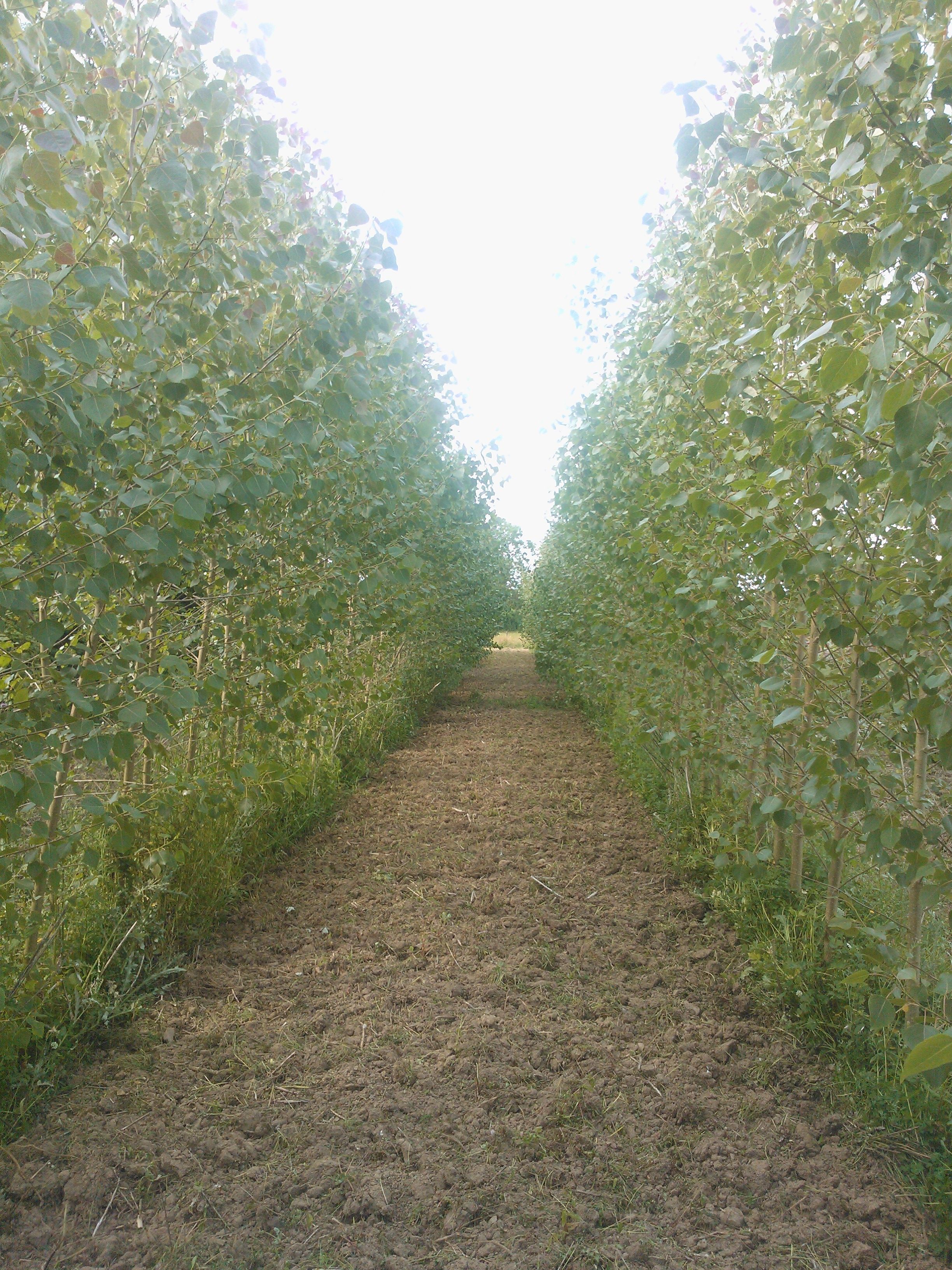

Dye tracing allows visualizing the water flow pathways in unsaturated soil profiles. Preferential flow, defined as water and solutes moving along certain pathways while bypassing the biologically active soil matrix ( Hendrickx and Flury, 2001), might promote a fast transport of solutes through the vadose zone to the groundwater and reduce the possibility for degradation processes. The soil physical properties also govern the flow of water and associated solute transport through the soil profile. Investigations on the long-term effects of SRC on soil physical properties are missing so far. Rytter ( 2016), in contrast, did not observe any significant differences in the bulk density down to 30 cm soil depth between the planting year and five years later. ( 2010) found increased bulk densities and decreased saturated hydraulic conductivities in the uppermost layer of the topsoil after four years of poplar and willow cultivation, while no changes were observed in the deeper soil layers. Low bulk densities in the topsoil have been reported as a consequence of SRC site preparation, which subsequently increased in the course of nine years due to natural compaction ( Makeschin, 1994). Available studies are restricted to SRC with young stand ages and concentrate on the topsoil. The soil physical properties are crucial for plant growth, since they govern the amounts of water and air available for the plants and thus influence root and biomass growth. Little is known, however, about the impact of SRC on the physical properties of soils. carbon sequestration potential ( Berhongaray et al., 2017), microbial biomass, colonization and activities in the soil ( Mao and Zeng, 2010), and nutrient dynamics ( Ens et al., 2013). So far, investigations of the impact of poplar or willow SRC on soil focus mainly on chemical or biological characteristics, e.g. As the land area under SRC increases, more detailed information on the potential impacts of SRC on the soil is needed. The area covered with SRC has increased in many European countries as a result of a growing demand for energy wood and favourable conditions for subsidies in the European Union, e.g., in Sweden ( Hoffmann and Weih, 2005), Finland ( Wall and Heiskanen, 2003), Great Britain ( Rowe et al., 2009), Ireland ( Murphy et al., 2014), and Germany ( Murach et al., 2008). Possible drawbacks of SRC are large water requirements and their possible impact on local water resources ( Petzold et al., 2011 Hartwich et al., 2016) as well as the potential to threaten the water quality, depending on the management practices especially in the phases of establishment and final removal of the trees ( Goodlass et al., 2007 Nisbet et al., 2011). The advantages of poplar and willow for SRC are their high energy efficiency and large biomass production potentials compared to conventional arable crops, while requirements for fertilisation, pest management and tillage are low ( Aylott et al., 2008 Dimitriou et al., 2009).


Short rotation coppice is typically established on land that was formerly under conventional arable use, and is characterized by a no-till perennial use (10–25 years) and harvested every 2–6 years ( Baum et al., 2009 Dimitriou et al., 2009). Short-rotation coppice (SRC) with poplar ( Populus ssp.) and willow ( Salix ssp.) is widely used to produce biomass for energy generation ( Berhongaray et al., 2017). SRC has ecologically advantageous effects on soil physical properties of the topsoil, however, combined with an enhanced risk of preferential solute transport upon application of agrochemicals. Dye tracer experiments showed that the importance of preferential flow was higher under SRC due to tree root channels and an increasing colonisation with invertebrates. The penetration resistance in 25–50 cm depth was reduced under SRC compared to the cropland, indicating a loosening of the plough pan. This effect was especially pronounced in the uppermost 10 cm, where also the air capacity and the plant-available water content were higher under SRC. The topsoil's bulk density was significantly lower under SRC than under cropland. An 18-year-old SRC located in northeastern Germany was compared to an adjacent continuous arable cropping system by means of soil sampling, penetrologger measurements and dye tracer experiments. The objective of this study was to detect the effects of long-term SRC with poplar and willow on the vertical distribution of soil physical properties (bulk density, water retention, penetration resistance) and on solute transport patterns. As the land area of short-rotation coppice (SRC) increases, their soil physical impacts have to be evaluated.


 0 kommentar(er)
0 kommentar(er)
